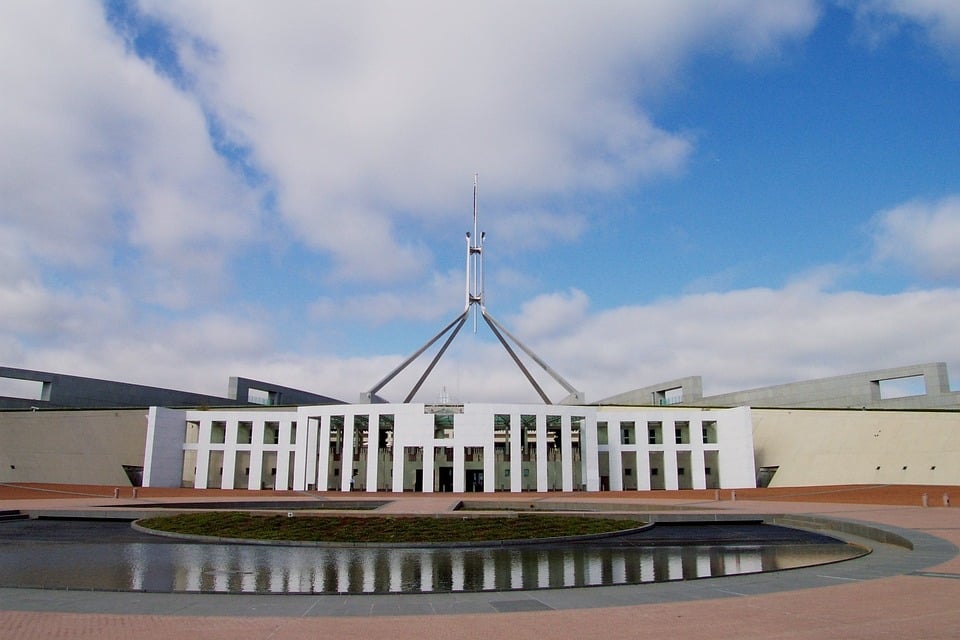The Albanese Government is investing nearly $7 million as it continues to lead the response to the threat posed by a potential incursion of H5 High Pathogenicity Avian Influenza (HPAI).
This strain has caused significant deaths of poultry, wild birds and wild mammals overseas and is not the same strain causing the current H7 HPAI outbreaks in Australia.
Minister for Agriculture, Fisheries and Forestry Murray Watt said Australia was now the last continent to remain free of the H5 strain.
“The strength of our national biosecurity system and Australia’s geographic isolation has kept us free from H5 HPAI, which is currently having a major impact across the globe,” Minister Watt said.
“But we cannot rest on our laurels.
“The arrival of migratory birds from areas where H5 HPAI is present – particularly as spring approaches – means we face a constant risk that is outside of our control.
“We can’t stop the natural migration patterns of wild birds that may be sick, but we can prepare ourselves if that does occur.
“That is why we are investing $6.9 million in enhanced capability to detect and respond to avian influenza in wildlife.”
This money includes;
- $2.2 million for the Wildlife Health Australia One Health Surveillance Initiative
- $1.95 million has been granted to Animal Health Australia to support the national response capability for avian influenza in poultry, including investigating the potential of commercial avian influenza vaccines for use in Australia.
- $1.1 million to extend the National Avian Influenza Wild Bird Surveillance Program for a further 4 years
- $800,000 will be invested in communication with stakeholders, industry and the general public to strengthen awareness and understanding of Australia’s biosecurity measures and preparedness.
- $580,000 to support early detection and response capability for H5 HPAI in wildlife
- $200,000 will be invested in analysis to quantify the location, structure, biosecurity, routine husbandry practices, and movement patterns of Australia’s commercial poultry industries.
- $70,000 will be invested in work to better understand the link between the presence of H7 low pathogenicity avian influenza in Australian wild birds and the outbreaks of H7 HPAI in Australian poultry.
Minister Watt said the Department of Agriculture, Fisheries and Forestry continued to undertake a national coordination and leadership role for H5 HPAI preparedness.
“There has been a multi-faceted response across governments, other agencies and industry, led by the team at DAFF, as we work to mitigate the impact that any H5 high pathogenicity avian influenza incursion could have,” Minister Watt said.
“We are also working with affected jurisdictions and industry to respond to the H7 high pathogenicity avian influenza outbreaks in Australia.”

